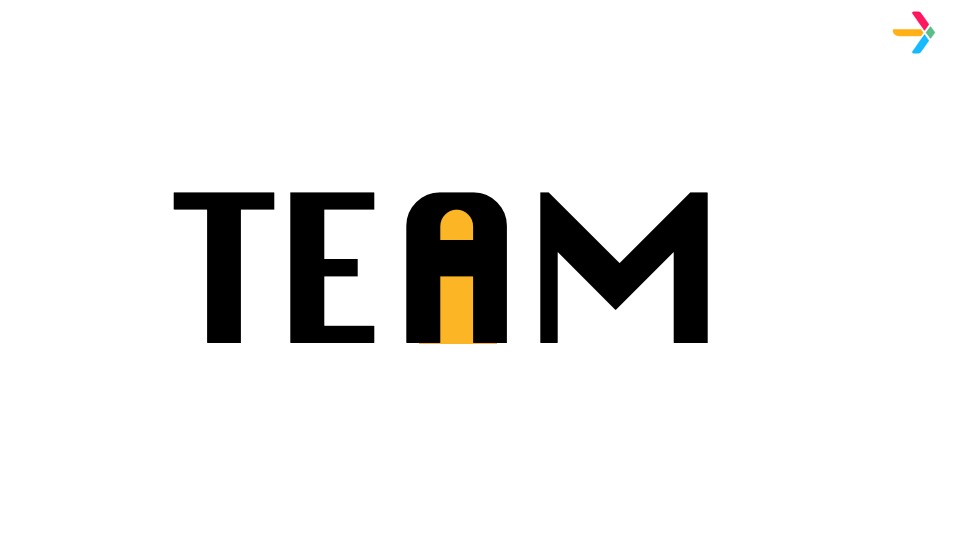If, like most of us, you are “hopelessly average,” to quote Tom Bilyeu, all your good intentions around what you were going to achieve in 2023 have already turned to dust and you are back where you were in 2022. Or perhaps, even further back than that. Except, you are probably a bit more frustrated with yourself and a little less confident in your ability to follow through on your commitments.
I’m not trying to beat you up, shame you or pour scorn on your good intentions. The reason this topic is written about so much is precisely because so many of us, fail to go about setting goals and their related plans, at any time of the year, in the correct ways. The goals are poorly stated and the plans ineffective at helping to bring around the kind of change we want to see. Couple this with the unnatural timing of setting important goals on a schedule i.e. New Year, rather than when you feel genuinely moved to do so and you have a recipe that is unlikely to succeed.
Effective goal setting
I’ve written frequently about different ways you can effectively set goals including in our award winning book Leader ID, published by Pearson, so I don’t want to reiterate that here. Suffice it to say that there are several approaches you can take and you could have fun experimenting with them until you find those that work best for you. To illustrate it from my own experience: I tend to respond well to setting large goals that I evaluate against three achievement levels, (minimum acceptable, ideal and aspirational.) Here’s a quick example of how my approach might play out if you are a leader in a sales organisation:
Example:
We want to finish the year as the top sales region in our business. To do this we need to generate £50m in revenue by 01.12.23.
i. Our acceptable minimum revenue is £45m
ii. Our ideal would be £50m
iii. Our aspirational target is £60m.
There is a lot of pressure associated with achieving goals that can prove helpful when it comes to externally oriented changes (like the sales target example above) or when you are working inside a team or organisation when you have others to draw on. These objective goals can work less well when you are looking to make some personal transformation. They need a supplementary part to give you much greater chance of success. The good news is there is a better way to make the kind of changes you hoped yet another New Year’s Resolution would have enabled you to deliver.
Let’s take another example to illustrate the point.
Des recognises he has put on some weight over the last couple of years of lockdown and wants to lose 20 pounds over 2023. Des is thinking about putting a diet together, measuring calories on an app on his phone and commits to weigh himself twice a week to track progress and ensure he is heading in the right direction.
There is nothing wrong with this approach and if Des is sufficiently motivated say, because he is getting married at the end of the year, then he may well achieve his goal. But, if like many of us, he is setting this kind of goal because he feels he should, or someone else, like his GP suggested it, this objective goal setting alone is unlikely to be delivered and sustained.
Des needs to make eating healthily part of his identity. He will benefit by framing himself as someone who eats well and makes good choices around his nutrition. This is especially true if Des is able to recognise he has either moved away from such an identity over time (hence the weight gain) or indeed that he never identified as that kind of person. Either way, failure to identify closely with the kind of person who chooses food options wisely, makes doing so, much harder.
Can you identify with yourself?
In the work we do with leaders and managers, we often start by helping people explore their identity in relation to the shifts they want to bring about. Want to be a better leader? Identify as one. Want to be more confident in senior meetings? Identify as someone who does that. Need to deliver an awesome keynote speech in Q2? Begin to see yourself as that person.
This is not the same as crossing your fingers and hoping that magically you will transform into that person; it is certainly not fake-it-until-you-make-it either. No. This is about shifting some fundamental beliefs about the kind of person you are, which opens up all sorts of possibilities about actions you take and also requires you to begin to align your thoughts and behaviours to this new identity so you can remain coherent with your aspirations. You cannot be the kind of person who leads others effectively if you spend all your time down in the weeds: That is not coherent behaviour of a high performing leader.
In his great book Atomic Habits, James Clear has a nice phrase that can set you up well for this kind of work, “I am the kind of person who ….” Practising this phrase along with achieving small – really small – goals, that reinforce this new identity is the way to succeed. So, if you have already abandoned goals you still want to achieve or if you are now in a place where you have something you want to complete, add this identity work to your action plan.
Note: Whilst we have done some work similar to this with teams that want to become high performing e.g. “We are the kind of team who …” we have not ever tried it with a whole organisation. This post got me thinking about the impacts of embracing a new identity with this kind of language might well increase the chances of successfully changing an organisation and sustaining the shifts over time.
I wish you all the best for starting your next round of resolutions and hope that something in this post will help you be the kind of person who does what they say they are going to do.
Exigence works with organisations to deliver full-stack HR leadership development solutions, from Executive and senior team coaching to group and AI coaching. If you would like to discuss how we can help you deliver quantifiable impacts for your organisation, we’d love to hear from you – just contact us here.




